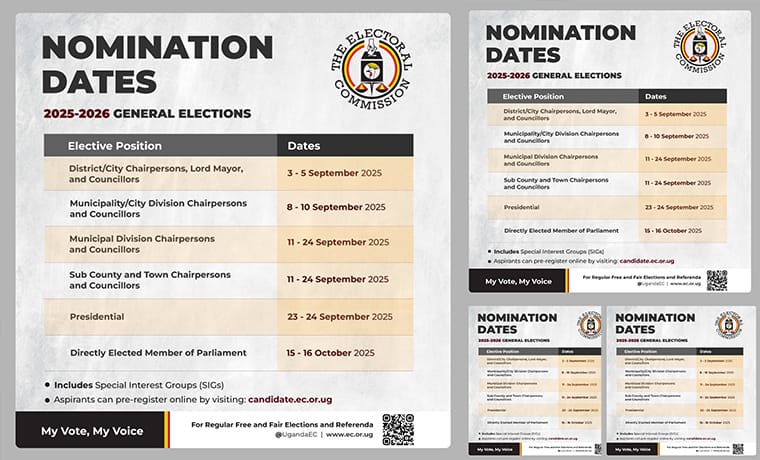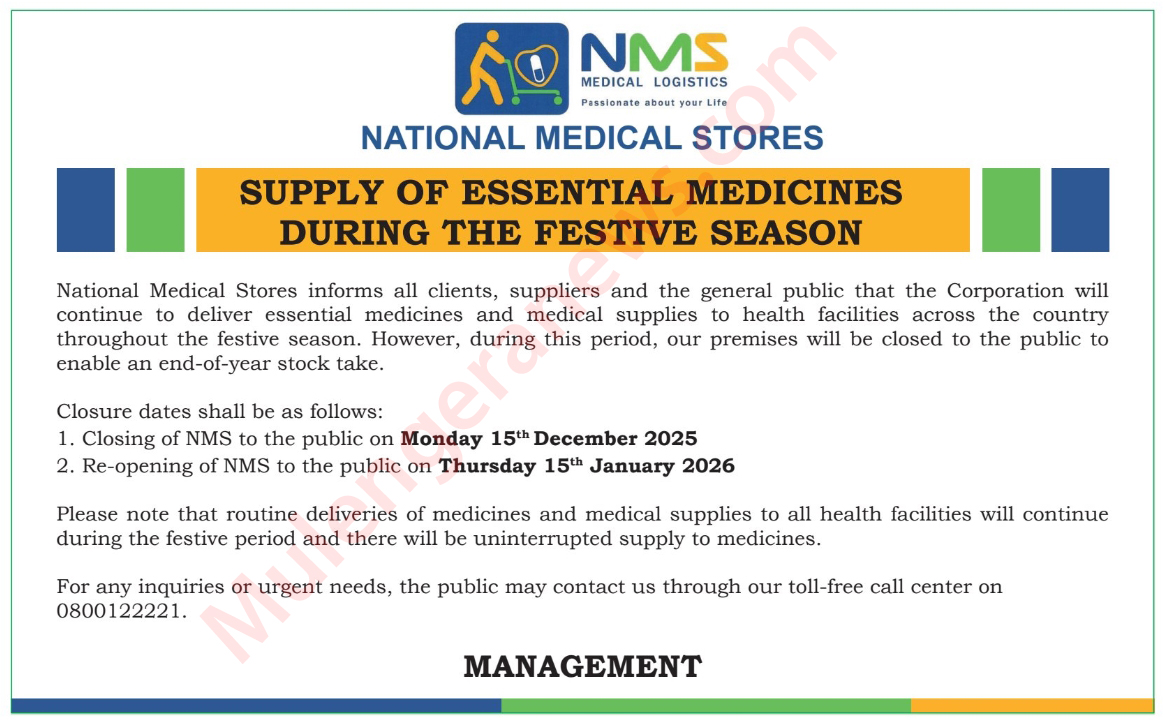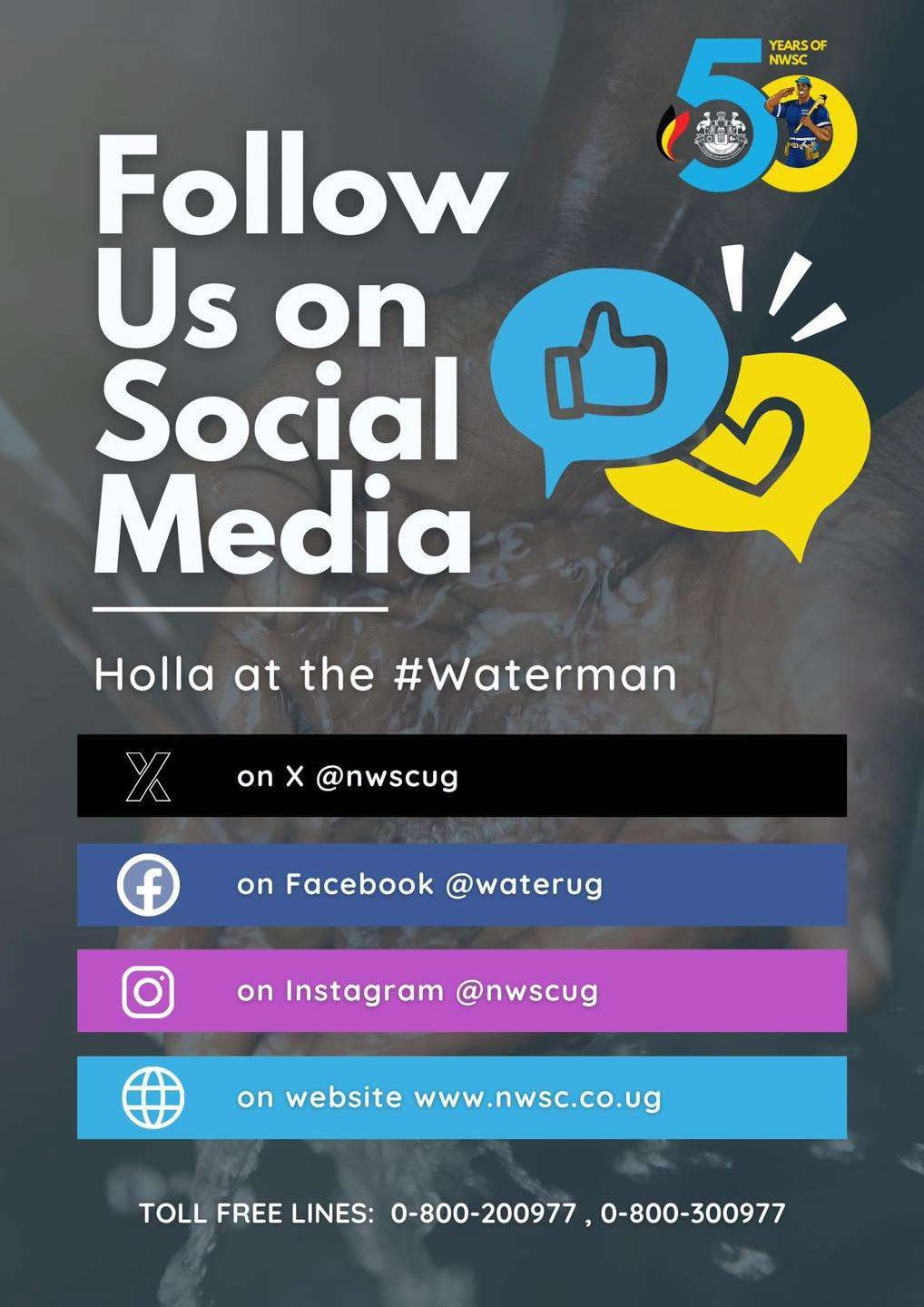By Mulengera Reporters
Under the Local Content (aka BuBu) policy, the NRM government has supported the economic survival, growth and expansion of many local companies and businesses by compelling government MDAs to purchase their products.
Only a few years after its unveiling BuBu (in favor of which Museveni has been very outspoken) has strengthened many businesses turning them into extreme profitability. And one of these has been Dr. Emmanuel Katongole’s Quality Chemicals (aka CIPLA) which has cashed in on billions in the last three years of the BuBu/Local Content regime.
Investigations by Mulengera News have disclosed the extent to which Quality Chemicals has benefited and become a stronger entity than would have been the case without BuBu. There are Preference and Reservation Schemes imposed by public procurement regulator PPDA requiring GoU procuring entities like NMS to prioritize local pharmaceuticals manufacturers when placing their medicines orders and generally planning their procurement.
Actually BuBu 100% reserves all pharmaceutical supplies for government in favor of local manufacturers meaning NMS can only resort to importation in case that particular medicine isn’t locally manufactured. It’s actually not only Quality Chemicals but many other pharmaceutical manufacturers uniting under Uganda Pharmaceutical Manufacturers Association (UPMA) have all been well catered for courteousy of the President’s insistence.
The following is how Quality Chemicals and the other players cashed in the year 2018. Shs12.9bn was expended by NMS purchasing medicines from Abacus Parenteral Drugs Ltd; Shs962m to ASTEL Diagnostic Ltd; Shs118.2bn to CIPLA/Quality Chemicals Ltd; Shs8.8bn to Kampala Pharmaceutical Industries Ltd; Shs10bn to RENE Industries; Shs59m to Saraya Manufacturing (U) Ltd; Shs1.093m to Mutuma Commercial Agencies and Shs3.3bn to Southern Range Nyanza Ltd (aka NYTIL/PICFARE/SRNL). This was for the purchase of uniforms for medical workers by NMS.
Other beneficiary companies include Kwality Afro Asia Ltd (Shs216m) and Shs348m to MANS Plastics Ltd. In total, 55% or Shs155,056,848,952 of the NMS total budget allocation for the medicine purchases was last year spent on local manufacturers. The lucrative market that Quality Chemicals and others are cashing in on has prompted many other potential pharmaceutical manufacturers to apply to the GoU seeking approval to begin manufacturing here.

MORE FOR NYTIL
Yet none of the local firms (not even Roofings) has benefited more than NYTIL as we hereby illustrate. The Defense Ministry alone has given them too much including in 2018 when they were given a contract of Shs2.5bn on top of Shs1.4bn in 2017 and Shs1.2bn in 2016. The NYTIL management has since been motivated to expand the business. Uganda Prisons in the same period purchased from NTYIL as follows: Shs1bn in 2018; Shs600m in 2017 and Shs400m in 2016. And the Uganda Police did as follows: Shs800m in 2018; Shs650m in 2017 and Shs500m in 2016.
Uganda Wildlife Authority has also favored NYTIL under Local Content schemes by spending Shs500m (on uniforms) in 2018 on top of the Shs200m injected the previous year. The number of people employed by NYTIL has increased to meet growing demand. Today it has 2,520 employees compared to 2016’s 2,350. This reflects 7% growth in jobs created. NYTIL is also now using more cotton to be able to satisfy the vast orders from Defense, Prisons, Police, NMS and UWA. Their annual consumption of cotton lint has grown to 2,500 bales compared to 2,250 of before BuBu.
Their industrial manufacturing capacity utilization too has increased from 55% to 60% as a result of the PPDA reservation schemes and management says it can only get better. To ensure adequate quality for the armed forces continues to be realized, NTYIL has invested in expansion of their processing house which has cost $6.5m. Production too has been diversified to include medical sundries (e.g. gauze, cotton etc) because of the assured NMS market and this diversification has cost $2.5m. Yet that isn’t all. Management is planning a new spinning project for 25,000 spindles whose feasibility study was completed and the relevant machinery purchase is underway.
The company turn over too has increased from Shs74.6bn as of 2016 to current Shs83.85bn, representing 10% growth. There is optimism that performance of the entire cotton lint sub sector will keep growing leading to transformation of even farmers in cotton growing areas. Today Uganda’s total annual cotton production is 150,000 bales and once the required capacity processing grows to being able to process the whole of it into garments, more jobs will be created and much more forex earned from exportation. (For comments, call, text or whatsapp us on 0703164755 or email us at mulengera2040@gmail.com).
































